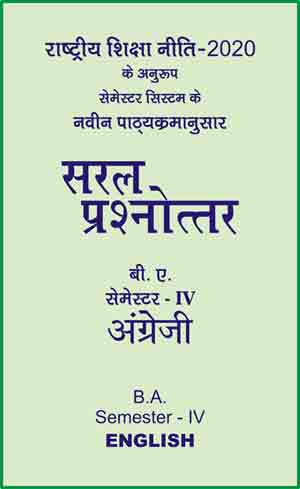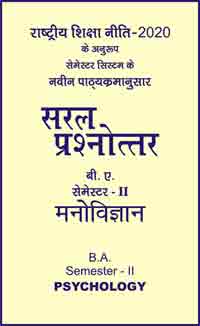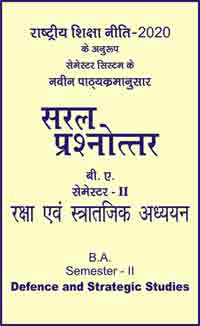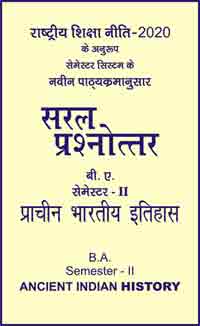|
बी ए - एम ए >> बीए सेमेस्टर-4 अंग्रेजी बीए सेमेस्टर-4 अंग्रेजीसरल प्रश्नोत्तर समूह
|
5 पाठक हैं |
|||||||
बीए सेमेस्टर-4 अंग्रेजी - सरल प्रश्नोत्तर
Important Facts to Remember
Literal translation, direct translation or word-for-word translation, is a translation of a text done by translating each word separately, without looking at how the words are used together in a phrase or sentence.
In translation theory, another term for literal translation" is metaphrase (as opposed to paraphrase for an analogous translation).
Literal translation leads to mistranslation of idioms, which was once a serious problem for machine translation.
Literal translation refers to any translation that replaces words from one language to another without evaluating the cultural contexts. Word-for-word translation is a common path while learning a language. Nevertheless, you cannot retain the message of the original content when you literally translate one word at a time, meaning literal translation has significant limitations for businesses.
Literal translation is accurate and quick, yet mechanical. It does not consider the grammar and the structure of the target language and literally translates words without considering the tone and meaning. They often come from online resources like Google Translate (where we got our literal translation examples).
Literal translations lack a deep knowledge of the target language. When you literally translate words and phrases, you cannot maintain tone and your content sounds mechanical. As our literal translation examples proved, you can even lose the meaning of the text entirely.
Literal translation makes the content easier to study and comprehend. Sometimes, the same word can have multiple meanings in our multicultural and multilingual world. This can sometimes lead to offensive translations.?For example, the word "date" can mean a calendar day, a fruit, or even a rendezvous with someone special.
Literal translation is providing a literal word-for-word translation without focusing on the meaning of the content as a whole. Free translation, on the other hand, is translating the content while keeping the original text's meaning intact.
Besides literal translation, Newmark (1988, p.47) has also incidentally discussed free translation, which he surprisingly labels it "not translation at all". As mentioned above, the espousal of literal translation or free. translation has dominated the discussion on methods of translation for a long time both in the West and in China. In order to avoid such meaningless disputations, which at times even go to extremes, we had better distinguish literal translation from mechanical or dead translation, and free translation from random translation.
Free translation is also known as creative translation, and it is mainly used in non-technical translations-for example, translations of literary work, marketing materials, etc. Moreover, translators should have a very good knowledge of both the source language and target language and their cultures in order to do a free translation,
|
|||||














